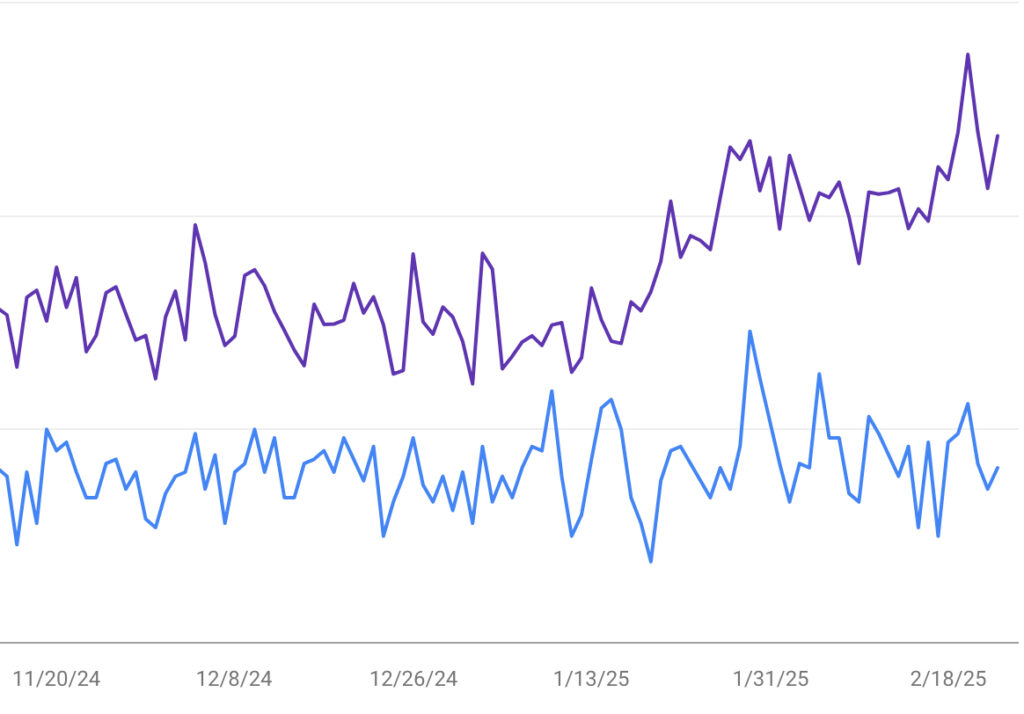See what happened after I added header tags to my client’s Shopify collection pages.
When I did a site audit for my client in early January, I noted that the header tags were not optimized for SEO performance. The page titles weren’t H1 tags, H3 tags being used for what should have been H2 tags, etc… So I recommended a consistent header tag structure for my client’s Shopify collection pages.
We started to implement the updates on January 13th, and there’s been a noticeable uptick in search impressions and clicks since then. Most of the business happens during the weekdays so we’re seeing much bigger spikes in traffic during our peak business days.

While stories of Google AIO and ChatGPT optimization are dominating industry news, there is still a place for fundamentally-sound SEO practices like header tag optimization. I believe that disambiguating the meaning behind your content through the use of header tags and Schema will remain beneficial for the long-run whether it’s for search engines or LLM-based searches. Structuring your data in a way that’s easy to interpret is arguably more important now than ever given the rise of machine learning algorithms.
